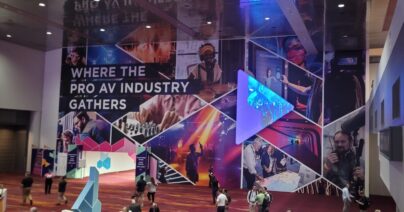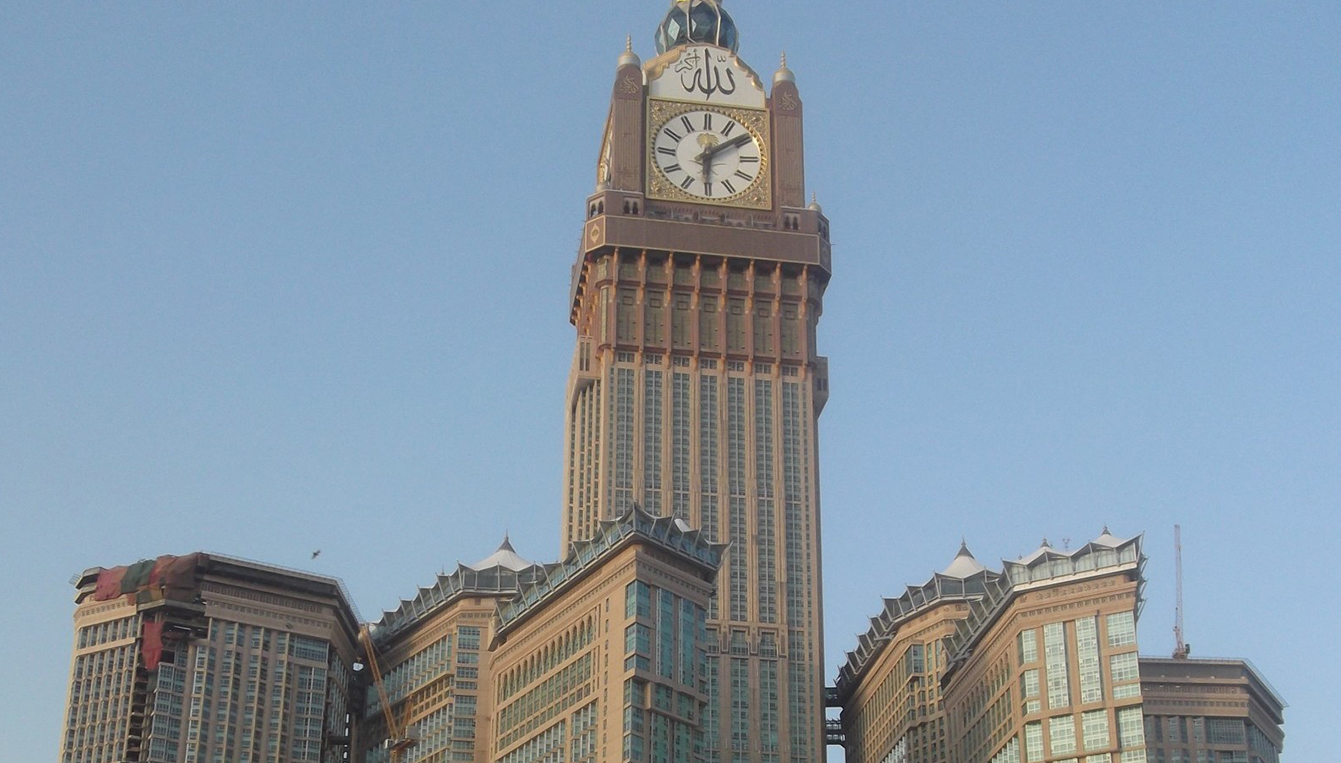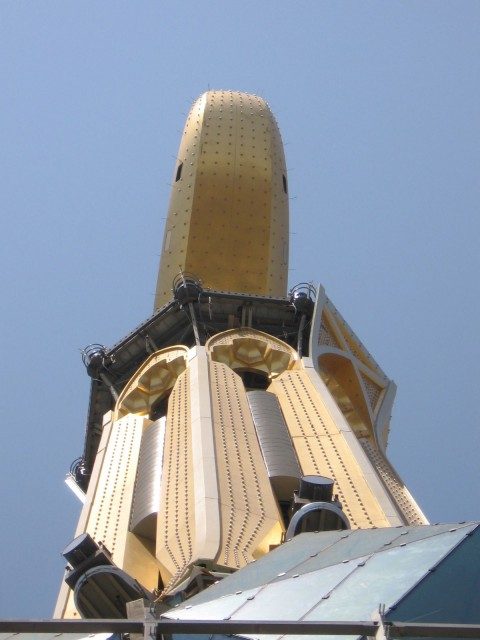 Articles
Articles
InfoComm 2024: What we’re still talking about nearly one year later
InfoComm is the largest professional audiovisual trade show in North America, and a must-attend for those in the profession. InfoComm 2024 brought a lineup of exciting…

It’s not every day that the opportunity arises to travel to Makkah (or Mecca), the holiest site for Muslims. However, Acentech was asked to help realize a major project immediately adjacent to the Masjid al-Haram, the Holy Mosque in the center of Makkah. The Abraj Al-Bait Towers complex being built was to be a project of superlatives: it was to contain the world’s largest tower clock, be the fourth tallest freestanding structure in the world (601 meters), be the third-largest building in the world in terms of floor area (1,575,15 square meters), and have the world’s most powerful single-point sound system in the spire at its top, in order to broadcast the adhan (call to prayer) to a distance of 6,000 meters.
We were hired to help make the sound system a reality. The contractor responsible for the sound system design and installation had teamed with a loudspeaker manufacturer (Eastern Acoustic Works in Whitinsville, MA) to design the loudspeaker and the necessary signal processing. One problem was how to get the sound to travel out to 6,000 meters without deafening the listeners close to the tower. EAW accomplished that with its design concept of using a tall (14 meter) array of loudspeaker cabinets with digital signal processing to “steer” the sound so that most of the sound is directed out to the distant areas and a relatively small portion of the sound is directed to the close areas. Acentech designed the loudspeaker support structure and the system electronics.
Each of the loudspeaker arrays would cover approximately a 45 degrees angle horizontally, so a total of eight arrays would provide full coverage in all directions. A total of 2.5 million watts of power amplifiers would be required, along 160 loudspeaker cabinets containing a total of 2560 compression high-frequency loudspeakers and 320 low-frequency loudspeakers.
This was fine on paper, but no one, including the project designers in Stuttgart, Germany, knew whether it would work. Air absorbs sound, particularly high frequencies. Calculations showed that the system would be able be heard at 6,000 meters despite that effect. We also found that in the environment of Makkah, where the air temperature varies with elevation above the ground, the sound actually curves, or refracts, upward and at some point the sound touch the ground and then refract up into the upper air, creating a “shadow zone” where the system will be inaudible. Fortunately, we were able to show that this shadow zone would fall beyond the maximum range of the system.
We were required to provide a full-scale demonstration of one array in the desert between Makkah and Jeddah to verify performance. We also designed the support structure for the loudspeaker cabinets and spent month at the site supervising the installation by the local workers. This involved dangling in a bucket from one of the tower cranes at 550 meters above ground level—quite exhilarating!
